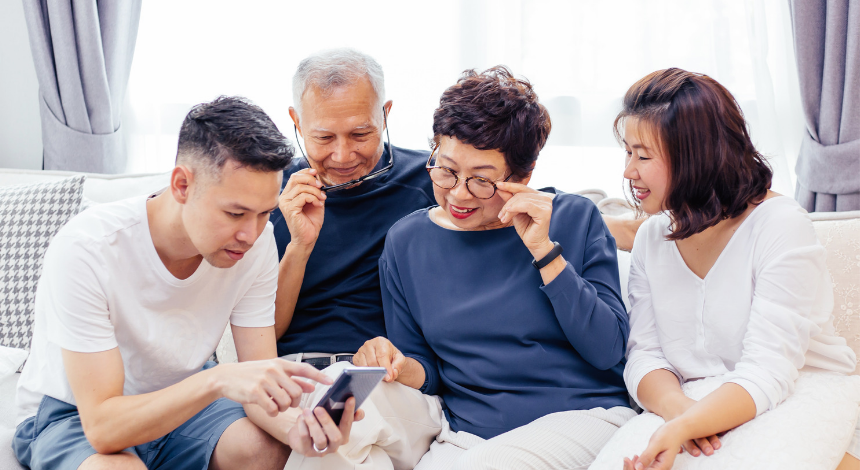What is sleep apnea? "Apnea" literally means "no breath" or "stopping breathing".
Many people have sleep apnea, (also known as sleep apnea) but may not even know it. In fact, sleep apnea affects more than three in 10 men and nearly two in 10 women, so it is more common than you might think. If you think you might have sleep apnea, it is important to recognise some of the common symptoms and what you can do about it.
When you have sleep apnea, air stops flowing to your lungs for 10 seconds or longer – that is, you actually stop breathing.
Sensing you have stopped breathing, a control centre in your brain triggers you to wake up just enough to take a breath. Then you fall back to sleep and the cycle begins again. In some people this can happen over 30 times every hour even though you may not remember waking up.
As you can imagine, constantly being triggered back into breathing, hour after hour, night after night, can put a strain on your body. You may feel very tired day after day yet not realise that you’ve been waking up so many times at night as a result of having sleep apnea.
Reference:
1) Peppard PE et al. Increased Prevalence of Sleep-Disordered Breathing in Adults. Am J Epidemiol. 2013 (5.17)
2) Harrington, C. The Complete Guide to a Good night’s Sleep. Pan MacMillan Australia 2014.















.png?width=391&name=oie_transparent%20(1).png)




.png)

 參觀展示間
參觀展示間 與我們聯繫
與我們聯繫 預訂預約
預訂預約 參加 NoSAS 睡眠評估問卷
參加 NoSAS 睡眠評估問卷